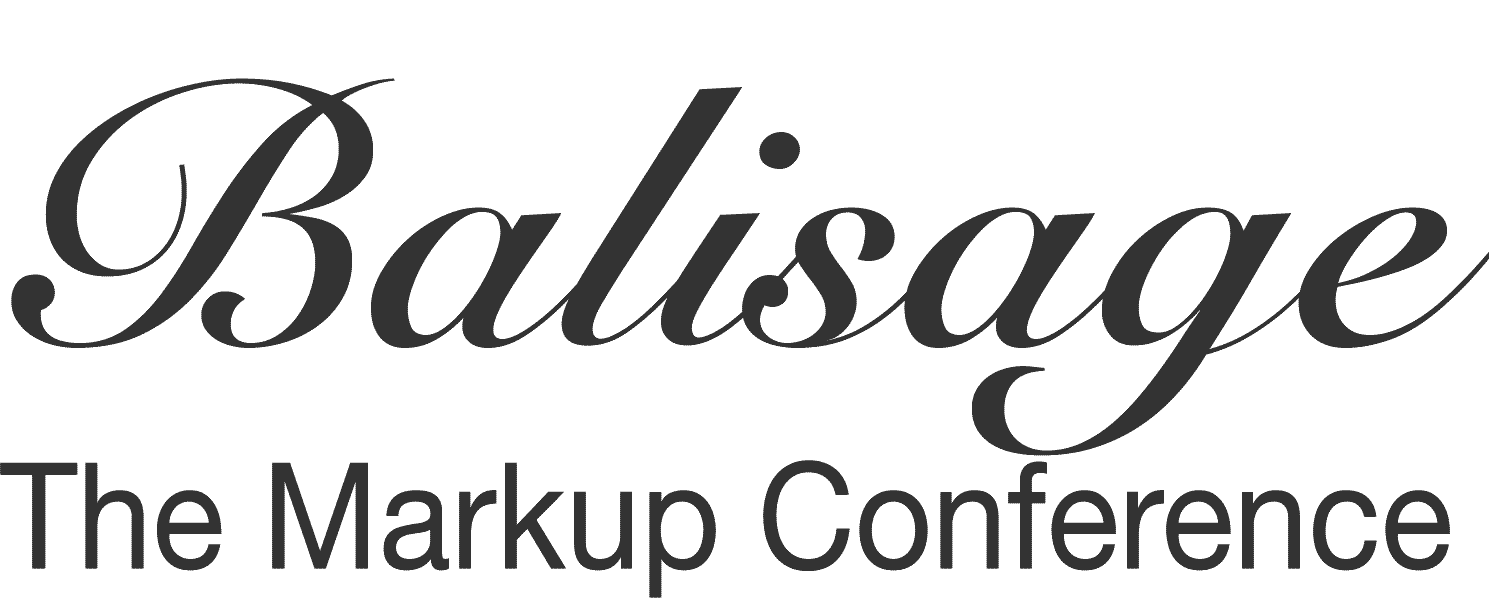from Andreas Witt
When I was a student in the 90s, I found immense joy and inspiration in reading the two-volume book that C. Michael Sperberg-McQueen co-edited: TEI P3. This work, based on SGML, was not just a technical manual for me but a gateway into the fascinating world of text encoding and digital humanities. I spent countless hours immersed in those 1,000+ pages, learning, exploring, and growing more passionate about the field TEI and, more broadly, SGML. SGML was a marvellous standard that allowed everyone to define a context-free language and enabled some delightfully nerdy tricks—well, at least for those of us Extremists, who later became Balisangeineurs (or perhaps Balisageteurs and Balisageophiles).
However, SGML's complexity may have contributed to its slow adoption in the broader computer industry. Even though HTML was SGML-based, and several other applications utilized it, SGML’s potential was much greater. This is evident in the book titled $GML: The Billion Dollar Secret, published by Prentice Hall in 1997, more than a decade after SGML became an ISO standard.
That same year, 1997, I encountered the first drafts of the upcoming W3C standard XML. I was delighted to see that Michael was also co-editing this standard. Later that year, I made my first naïve attempt to write about markup and submitted a paper to The Annual Conference of the ACH and the ALLC—later renamed The Digital Humanities Conference. I argued for an XML-based version of the TEI standard and attempted to exemplify this using the TEI module for the transcription of speech. I received extremely helpful comments from one of the reviewers. At the conference in Debrecen, Hungary, I learned that this reviewer was none other than Michael himself. Not only did he attend my talk, but he also chaired the session.
Our paths crossed many times after that, in various locations: Bielefeld, Tübingen, Hamburg, and Cologne in Germany; Amsterdam and London, where he told me that, during a trip as a student, he had once slept in the gardens of St. Paul’s Cathedral due to a limited budget. We also met many times in North America. In Stanford, we talked about his time there as a student. And, of course, we met frequently in Montreal and Washington, D.C., at the Extreme Markup Conferences, which later became Balisage.
Our relationship wasn’t just about friendly conversations; we also worked together. I had the honour of co-editing a special issue of the TEI journal devoted to the SIG ‘TEI for Linguists,’ and Michael contributed as a co-author of a paper on the TEI P5 Document Grammar for the IDS Text Model, along with a colleague from my home institution, the Leibniz Institute for the German Language. Needless to say, Michael also played a key role in developing that very document grammar.
Michael's contributions to the field of markup were monumental, but what truly stands out to me is his influence on my career. And I know that he also shaped the paths of countless others. His impact cannot be overstated.
I am deeply saddened that he has left us.
Andreas Witt
http://www1.ids-mannheim.de/zfo/personal/witt.html
https://orcid.org/0000-0002-0299-5713
+49-171-1768306
